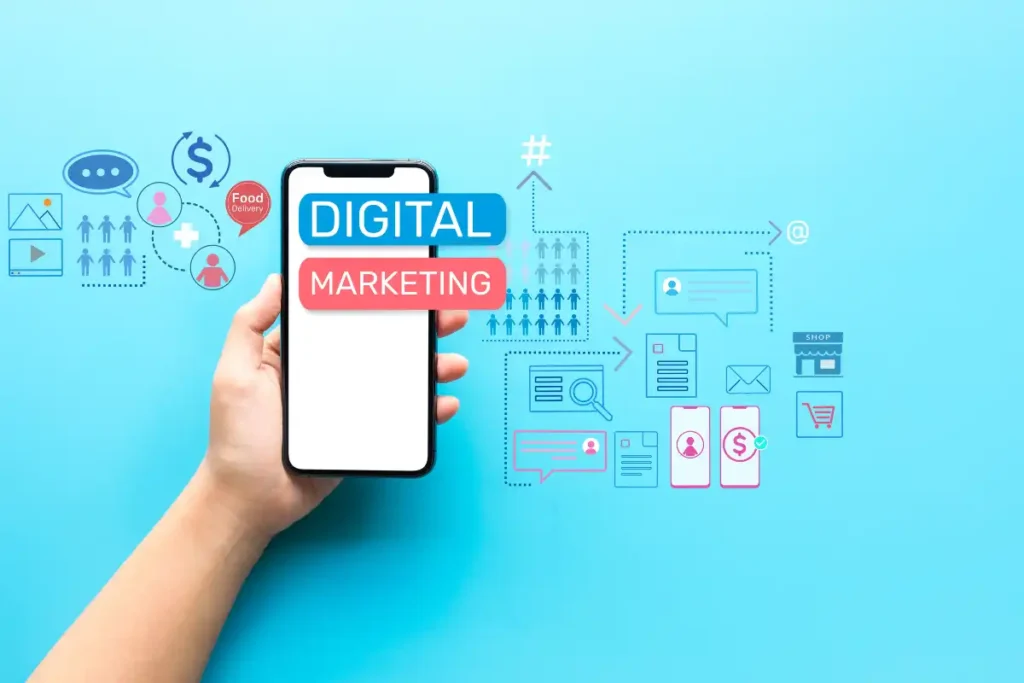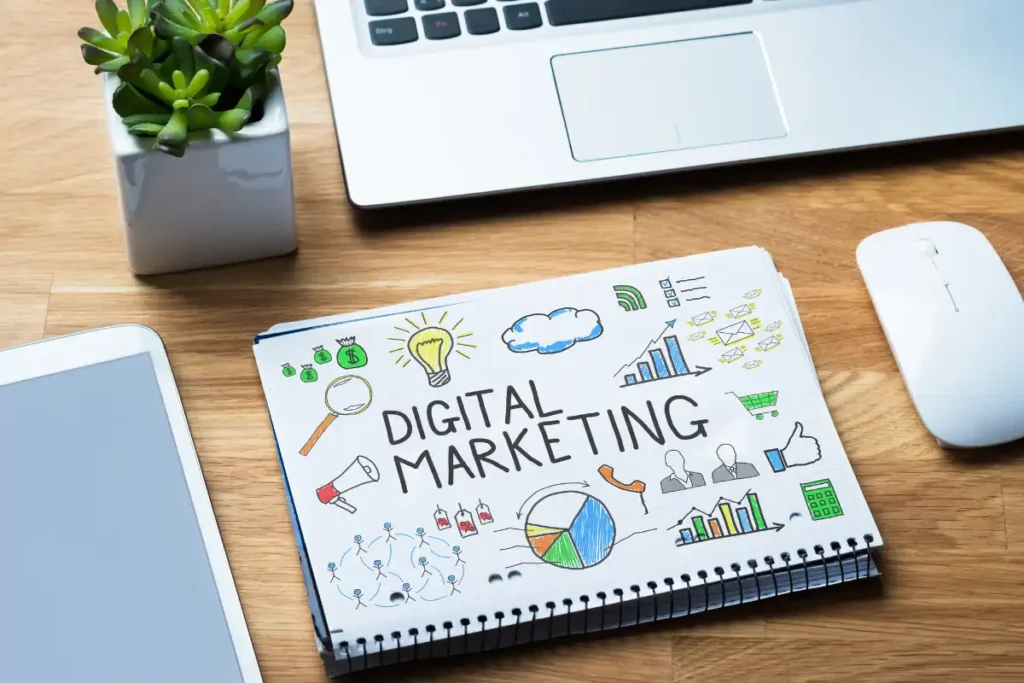The digital marketing landscape is evolving rapidly, driven by technological innovations and shifts in consumer behavior. As businesses plan their strategies for 2025, staying ahead of these trends will be crucial for maintaining relevance, growing brand loyalty, and driving long-term success.
1. Artificial Intelligence (AI) and Predictive Marketing
AI is no longer just a supporting tool—it’s becoming the backbone of marketing strategies. AI-powered tools can now analyze customer behavior in real-time, predict future actions, and provide hyper-personalized recommendations. Predictive analytics will allow businesses to forecast trends and anticipate customer needs, helping them optimize campaigns and allocate resources efficiently. Advanced AI will power chatbots capable of holding natural conversations, ensuring seamless customer service 24/7. In content marketing, AI tools will automate tasks like generating social posts and blog drafts, giving marketers more time to focus on strategy.
2. The cBoom and Augmented Reality Experiences
Video continues to dominate digital marketing, but the focus has shifted toward short, engaging content. Platforms like TikTok, Instagram Reels, and YouTube Shorts have fueled a preference for bite-sized videos that quickly capture user attention. In 2025, businesses will use these formats to showcase brand stories, product highlights, and behind-the-scenes footage in creative ways.
Additionally, augmented reality (AR) will create new opportunities for immersive marketing. AR-powered product previews—like trying on clothes virtually or visualizing furniture at home—will give customers interactive ways to experience products online, boosting engagement and reducing returns. Brands embracing AR early will stand out by offering a more immersive shopping experience.
3. Personalization as the Standard for Customer Experience
Consumers increasingly expect personalized interactions across every touchpoint. In 2025, personalization will go beyond targeted emails to encompass dynamic website experiences tailored in real-time based on user behavior and preferences. Businesses will use behavioral data to suggest products, services, and content that match individual needs without customers even asking for them.
Predictive personalization will become more widespread, with AI anticipating what customers are likely to need next. Companies that fail to offer personalized experiences risk losing customer loyalty as buyers gravitate towards brands that can anticipate and meet their expectations.
4. First-Party Data Collection and the Shift Away from Cookies
With the impending phase-out of third-party cookies, marketers must pivot to first-party data strategies to collect and leverage customer information. First-party data—information gathered directly from users via interactions like email subscriptions, surveys, and loyalty programs—will be critical to running personalized campaigns and tracking customer journeys.
As data privacy regulations become stricter, transparency in how businesses collect and use data will be essential. Companies that clearly communicate privacy practices and build trust through responsible data use will have a competitive advantage. Expect a resurgence in the importance of email marketing and CRM systems, as they play central roles in first-party data strategies.
5. Sustainability and Purpose-Driven Marketing
Consumers are more conscious than ever about supporting brands that align with their values. In 2025, businesses will incorporate sustainability and social responsibility into their messaging to attract eco-conscious buyers. Marketing campaigns will increasingly showcase green initiatives, ethical sourcing, and corporate social responsibility programs to build deeper emotional connections with audiences.
Authenticity will be crucial—brands that make empty claims about sustainability or social impact will face backlash. Purpose-driven messaging that reflects genuine commitments will strengthen customer loyalty and differentiate companies from competitors in a crowded market.
6. The Metaverse: A New Frontier for Marketing
The metaverse offers an exciting new space for brands to engage with consumers in immersive, virtual environments. By 2025, more companies will experiment with virtual stores, branded events, and interactive experiences within the metaverse. Fashion brands may launch virtual clothing collections, while real estate companies could offer virtual property tours, changing the way customers interact with products and services.
AR will complement the metaverse, allowing users to blend virtual and real-world experiences. As consumers spend more time in digital spaces, brands that embrace this trend will position themselves at the forefront of a new era in marketing.
7. Visual and Voice Search Optimization
With advancements in technology, visual and voice search capabilities are becoming more mainstream. Consumers are increasingly using tools like Google Lens to search by images and voice assistants like Siri or Alexa to find information hands-free. In 2025, optimizing for these types of searches will be critical for maintaining visibility.
Businesses will need to invest in visual SEO by tagging images properly, using descriptive alt text, and ensuring fast-loading visuals. Creating conversational, FAQ-style content will help businesses rank higher in voice searches. Adapting to these new search behaviors will open opportunities for early adopters to capture more traffic.
8. The Omnichannel Customer Experience
In 2025, a seamless customer experience across multiple channels will be a basic expectation. Consumers increasingly expect to interact with brands through various platforms—social media, email, chatbots, websites, and physical locations—without disruption. Omnichannel marketing strategies will ensure consistent messaging and personalized interactions across touchpoints.
Businesses will need to develop detailed customer journey maps, allowing them to understand where customers drop off and how to re-engage them. Integration between platforms and AI-powered tools will enable brands to provide real-time support, manage customer relationships, and create a frictionless buying experience across every channel.
Final Thoughts
As we approach 2025, businesses must embrace these trends to remain competitive in the ever-changing digital landscape. The key to success lies in harnessing AI, mastering personalization, building trust through privacy, and adopting sustainable practices. Those who explore new frontiers like the metaverse and visual search early will have a unique advantage. Ultimately, the companies that thrive will be those that focus on delivering seamless, personalized experiences across multiple channels while staying aligned with customer values and expectations. By staying ahead of these trends, businesses can foster deeper relationships with their audiences and position themselves for long-term growth.



